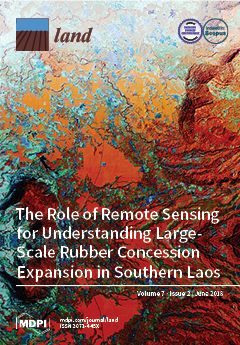Resource information
Since the 1990s, many peatlands that were drained for peat extraction and agriculture in Russia have been abandoned with high CO2 emissions and frequent fires, such as the enormous fires around Moscow in 2010. The fire hazard in these peatlands can be reduced through peatland rewetting and wetland restoration, so monitoring peatland status is essential. However, large expanses, poor accessibility, and fast plant succession pose as challenges for monitoring these areas without satellite images. In this study, a technique involving multispectral satellite data was used to identify six land cover classes that meet the requirements for peatland monitoring using the Meschera National Park as the testing area. This park is the largest area of once-exploited and now rewetted peatlands. However, data from one scanner are often insufficient to successfully implement this technique. In this study, we compared the land cover classifications obtained by using data from Spot-5, Spot-6, Landsat-7, Landsat-8, and Sentinel-2 satellites. The Spot-6 data were insufficient, despite having a higher spatial resolution, due to the lack of a shortwave infrared (SWIR) band. The high classification accuracy attained using data from other sensors enabled their combined use to provide an acceptable accuracy in the final product. The classification results were compared using minimum distance Erdas Imagine and the object-oriented ScanEx Image Processor, and the classification accuracy was similar between satellite images, which facilitates the transition from one method to another without quality loss. The proposed and tested approach can be used to analyze the status of abandoned and rewetted peatlands in other locations for the inventory and prioritization of sites for rewetting and restoration, monitoring status changes, and assessing restoration efficacy. The comparability of the data from different sensors allows for the combination of classified images and creates new possibilities for time series analysis.


